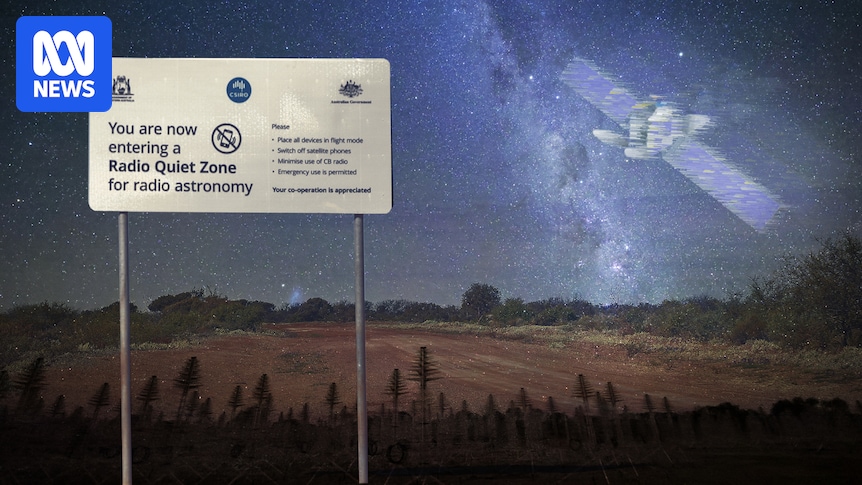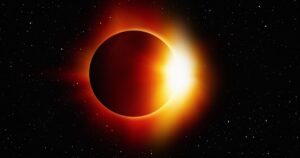
Global satellite internet service Starlink is posing a significant threat to the world’s largest radio telescope, currently under construction in Western Australia’s Murchison region. A groundbreaking study conducted by Curtin University researcher Dylan Grigg has revealed that the satellite signals could interfere with the Square Kilometre Array Observatory (SKAO), an international project designed to explore the universe’s earliest epochs.
The SKAO aims to provide an unparalleled view of the cosmos, allowing scientists to delve into the universe’s first billion years after the so-called dark ages, a period when the first stars and galaxies emerged. However, Grigg’s research, which involved analyzing 73 million images of the sky across various frequencies, suggests that the future of the SKA-Low telescope, a critical component of the SKAO, could be jeopardized by radio noise from thousands of Starlink satellites orbiting the Earth.
Impact on Radio Astronomy
Grigg’s study focused on the 50—350 MHz frequency range that the SKA-Low will utilize. “We took an image of the sky every two seconds for about a month,” Grigg explained. “In the end, we found that there were a lot of satellites, with the overwhelming majority of them being Starlink.”
Starlink satellites, Grigg noted, emit radio noise from onboard electronics, which differs from the designated downlink frequencies used for internet services. “It currently falls into a bit of a grey area of regulation,” he said. “What they’re doing is completely legal and fine, but it’s interference for radio astronomy.”
The SKA-Low telescope aims to detect extremely faint signals from the distant universe, a task made difficult by the “very noisy” satellites. Grigg likened the challenge to trying to hear someone across a field while standing next to a person shouting through a megaphone.
Regulatory Challenges
Federico Di Vruno, SKAO’s spectrum manager, stated that Grigg’s findings align with previous studies by the observatory, highlighting the need for more research to understand Starlink’s impact on low-frequency observations. “Unintended electromagnetic radiation (UEMR) is an unregulated aspect of space which poses a challenge for radio astronomy,” Di Vruno said.
The number of human-made objects in space has soared, with the Union of Concerned Scientists reporting a record number of satellites launched last year.
Despite the challenges, Di Vruno noted that the SKA-Low’s design, which includes up to 512 stations spread over 74 kilometers, could mitigate some of the interference concerns. “We are continuing to study the issue and raising it in international settings like the UN in collaboration with all stakeholders,” he added.
Broader Implications and Future Steps
The rise of satellite constellations like Starlink represents a broader challenge for radio astronomy worldwide. As satellites become a familiar sight streaking across the night sky, their impact on scientific research is increasingly scrutinized. Steven Tingay, director of the International Centre for Radio Astronomy, emphasized the importance of Grigg’s study in sparking dialogue.
“I characterize this particular study as, I think, the most comprehensive, unbiased study of the situation, setting down a bit of a baseline for what’s going on at this particular point in time,” Tingay said.
Looking forward, Tingay hopes the study will serve as a reference point for future comparisons, allowing researchers to track changes in satellite interference over time. He also stressed the need for public awareness of the trade-offs between global internet access and preserving the sky for scientific exploration.
“It’s a trade-off there that I think the public should be aware of,” Tingay concluded.
The SKAO and its partners continue to engage with international regulatory bodies to address the challenges posed by satellite interference, aiming to balance technological advancement with the preservation of scientific inquiry.





